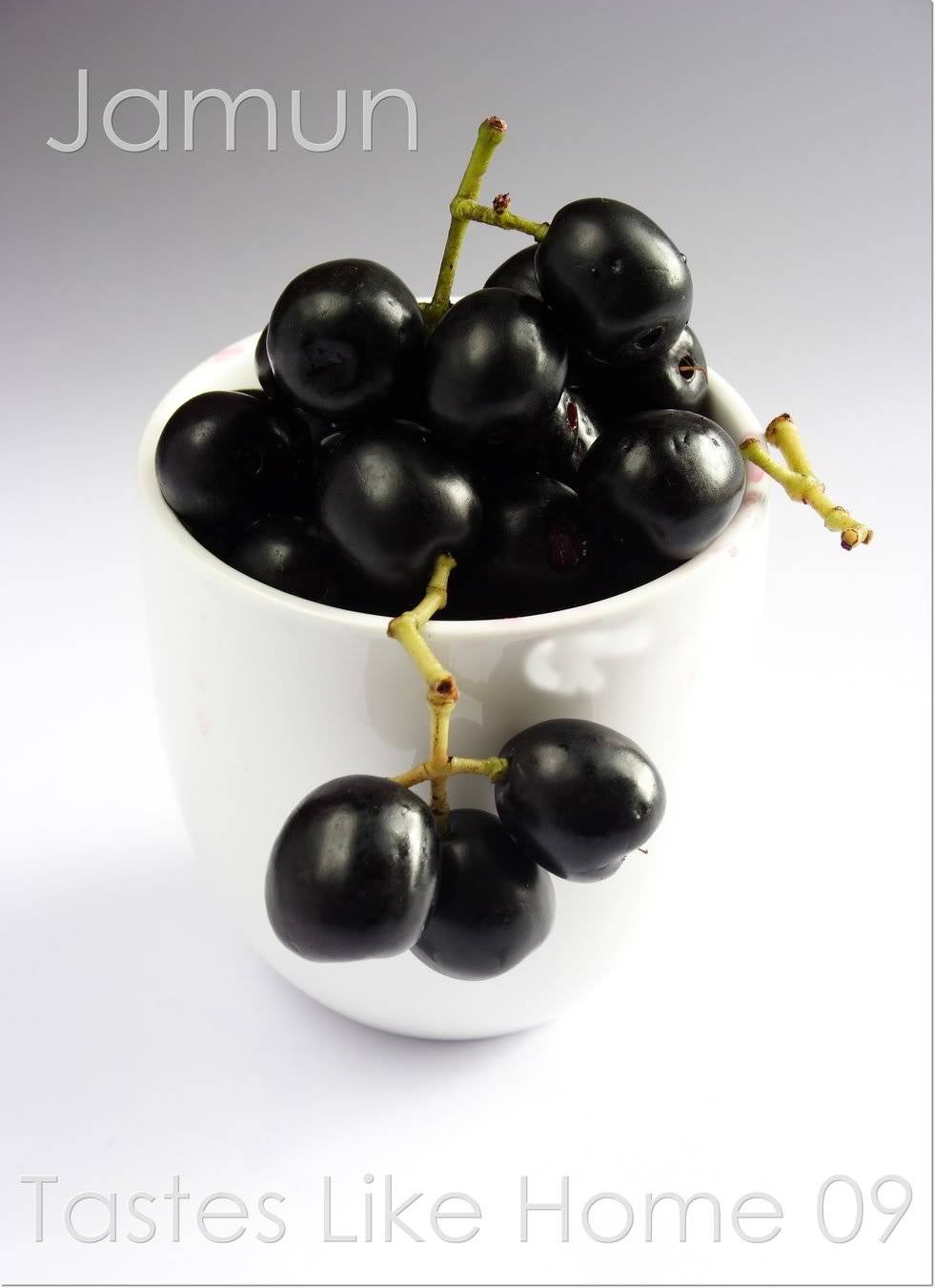This post was first published on 25th July, 2012 The 2012 Summer Olympic Games is scheduled to take place in London, United Kingdom, from 27...
Read more about Patents and OlympicsTag: Patent Services
Inventive Step – Technical Advance
This post was published on 18th September, 2013. In a recent case decided by the IPAB at a circuit sitting bench in Delhi on...
Read more about Inventive Step – Technical AdvanceMaking Institutional Research Count
This post was first published on 25th July, 2013. Public Funded Research Institutions and educational institutions in India have begun to realise the importance...
Read more about Making Institutional Research CountStrategy to Patent Jamun
This post was first published on 8th November, 2012. The Jamun patent saga, earlier reported to be the subject of government revocation has spurred discussions...
Read more about Strategy to Patent JamunRe-Classifying Patent Search- Cooperative Patent Classification (CPC)
This post was first published on 4th November, 2011. One of the strategies adopted by the examiner/searcher while performing a prior art search is to...
Read more about Re-Classifying Patent Search- Cooperative Patent Classification (CPC)Cooling cricketers for hot Indian weather
This post was first published on 26th February, 2011 14 participants, 3 hosts and 49 matches. Biggest and most awaited cricket tournament ICC Cricket World...
Read more about Cooling cricketers for hot Indian weatherPatent Application for Acupuncture Needle
This post was first published on 5th April, 2011. On 6th November 1995, Tae. W Yoo of Seol from Korea filed a patent application (US...
Read more about Patent Application for Acupuncture NeedlePatentability of Yoga- An Analysis
This post was first published on 22nd March, 2012. We are all aware that what is already existing in the public domain falls outside the...
Read more about Patentability of Yoga- An AnalysisAnticipation – Mere Presence of Elements Insufficient; Arrangement of Elements Imperative
This post was first published on July 15, 2014. How is the novelty of an invention established? Another question with a similar connotation is...
Read more about Anticipation – Mere Presence of Elements Insufficient; Arrangement of Elements ImperativeCommon Reasons for Delay in Grant of Patent
This post was first posted on 20th July, 2o14. A Patent gives its owner a monopolistic right and protection against unauthorized use of anything...
Read more about Common Reasons for Delay in Grant of Patent








